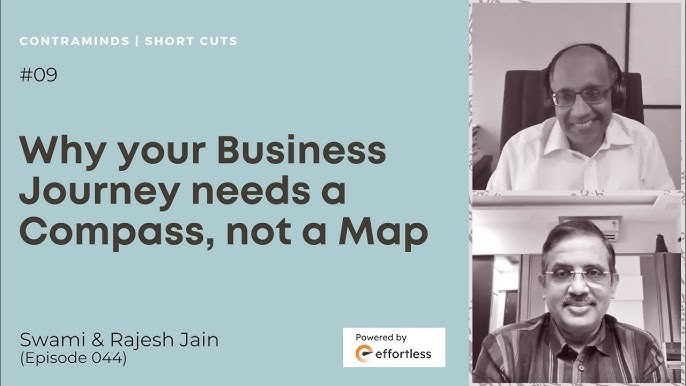In business, the allure of a detailed map is hard to resist. It promises clarity, direction, and control. It lays out the terrain, marks the milestones, and suggests a path from point A to point B. But the reality is, most maps are outdated the moment they’re drawn. Markets shift, technologies evolve, and customer needs change faster than any static plan can accommodate. That’s why what businesses truly need is a compass—a tool that doesn’t tell you exactly where to go, but helps you navigate with purpose, adaptability, and integrity.
A compass is rooted in orientation. It doesn’t offer a fixed route, but it does offer a sense of direction. In business, that direction comes from values, vision, and a clear understanding of what matters most. When a company operates with a compass, it’s guided by principles rather than prescriptions. It can move through uncertainty with confidence, not because it knows every twist and turn, but because it knows where it’s trying to go. That kind of clarity is more powerful than any plan, because it’s resilient. It holds up even when the landscape changes.
Maps tend to assume predictability. They work well in stable environments where variables are known and outcomes are linear. But business rarely works that way. It’s messy, dynamic, and full of surprises. A new competitor enters the market. A global event reshapes consumer behavior. A breakthrough technology renders old models obsolete. In these moments, a map can become a liability. It locks you into a path that no longer makes sense. A compass, on the other hand, allows for recalibration. It helps you adjust course without losing your way.
Building a business with a compass means cultivating self-awareness. It requires knowing what you stand for, what you’re trying to create, and what you’re unwilling to compromise. That awareness becomes your internal guide. It shapes decisions, even when the options are unclear. It helps you say no to distractions and yes to opportunities that align with your purpose. This doesn’t mean abandoning strategy—it means anchoring strategy in something deeper. It means treating plans as tools, not truths.
A compass also fosters agility. When teams are aligned around a shared direction, they can move independently without losing coherence. They don’t need constant oversight or rigid instructions. They understand the bigger picture, and they act accordingly. This kind of autonomy accelerates innovation. It allows for experimentation, iteration, and responsiveness. It turns strategy into a living practice, rather than a static document. And in fast-moving environments, that flexibility is essential.
Leadership changes when you trade the map for the compass. Instead of being the person with all the answers, the leader becomes the person who holds the direction. They create clarity, not certainty. They invite dialogue, not just execution. They model adaptability, not just authority. This kind of leadership builds trust. It empowers teams to think critically, act boldly, and learn continuously. It shifts the focus from control to coherence, and that shift transforms culture.
Even customer relationships benefit from this approach. When a business is guided by a compass, it’s more likely to listen, to adapt, and to respond with empathy. It doesn’t just follow a script—it engages in a conversation. It treats customers not as data points, but as partners. That responsiveness builds loyalty. It shows that the business is not just trying to sell, but trying to serve. And service, when rooted in purpose, becomes a source of differentiation.
The metaphor of the compass also invites humility. It acknowledges that we don’t know everything, and that’s okay. It encourages curiosity, reflection, and openness. It treats uncertainty not as a threat, but as a space for growth. Businesses that operate this way are more resilient. They don’t crumble when plans fail—they adapt. They don’t panic when the path disappears—they explore. That mindset doesn’t just help them survive—it helps them evolve.
Ultimately, choosing a compass over a map is about embracing complexity. It’s about recognizing that business is not a straight line—it’s a journey through shifting terrain. It’s about building systems, cultures, and strategies that can move with the world, not just against it. And it’s about trusting that when you know your true north, you don’t need every detail to move forward. You just need the courage to begin, the wisdom to adjust, and the clarity to stay aligned. Because in the end, it’s not the map that gets you there—it’s the compass that keeps you going.



